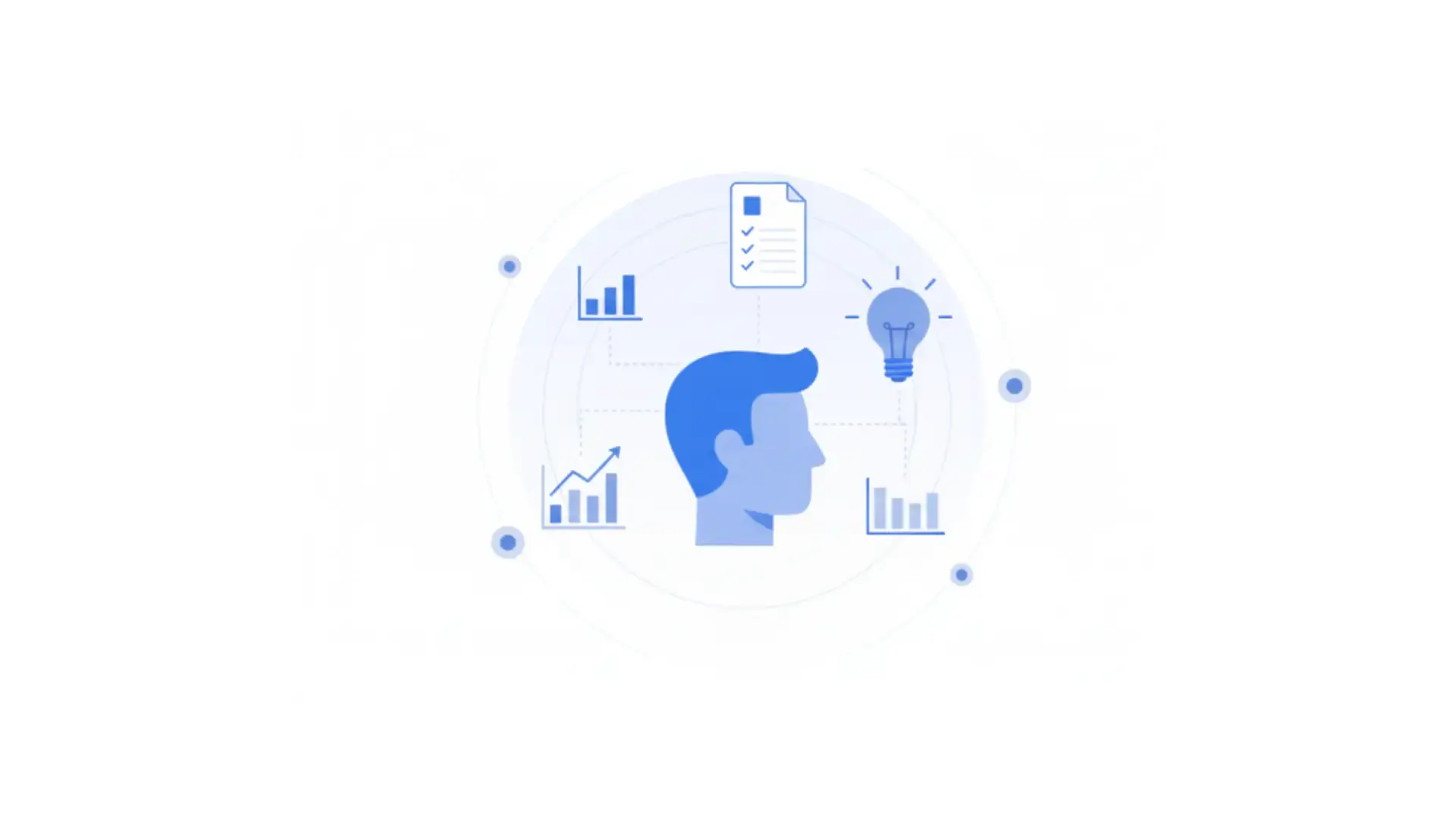When a B2B SaaS company transitions from founder-led growth to professional management, investors often breathe a sigh of relief. Scale looks more possible, teams specialize and processes start replacing early days chaos.
But as Brian Graf and Stijn Hendrikse highlighted in episode 89 of B2B SaaS Marketing Snacks, those gains also come with real losses. Certain founder superpowers disappear the moment they step back.
For VCs, the real challenge is understanding exactly what disappears, how that loss affects growth, and whether the company has built systems to compensate.
Where Do B2B SaaS Companies Lose Their Edge Without the Founder?
1. Speed: Decision Velocity Drops
Founders often act as accelerators of change. They can take a piece of customer feedback and immediately translate it into a change in product direction, messaging, or sales strategy. That ability comes from holding all the context in their head and not needing layers of approvals.
As Brian put it, “It’s a lot harder if you’re the salesperson learning about a new need for a customer, right? Or someone in customer success will learn and get feedback.”
Once the founder steps back, that velocity fades. Decisions that once happened instantly now move through sales, customer success, or marketing before reaching leadership. Instead of one clear owner, committees form, which slows execution and clouds judgment.
💡 When founders leave, expect decision velocity to collapse. For SaaS investors, the question is whether the company has systems in place to prevent committees from grinding growth to a halt.
2. Customer Intimacy: Loyalty and Referrals Decline
In founder-led companies, “customer success” often doesn’t exist as a formal function. Instead, it happens naturally because the founder is deeply involved with customers, building relationships that drive loyalty and referrals.
When that intimacy disappears, feedback loops weaken and insights from the market take longer to reach leadership. Without the founder’s vision and credibility anchoring relationships, even skilled teams can struggle to maintain trust and alignment with customers.
💡 When evaluating a B2B SaaS company in transition, probe how it plans to replace founder-driven customer intimacy. Companies that fail to do so lose the very source of their retention and referral engine.
3. Context: Alignment Gets Harder
One of the least visible founder advantages is context. Founders often carry the full picture of customer needs, product vision, and market positioning in their heads. That allows them to make quick, integrated decisions that keep teams aligned.
Without the founder, that context fragments. Teams rely on meetings, handoffs, and documentation to compensate, but these can add friction and slow everything down.
Brian highlighted another risk: “If they don’t trust each other quite as much, or they don’t work together quite as well, the organization loses its ability to move quickly on market signals.”
💡 VCs should test whether communication systems are robust enough to replace the founder’s ability to hold context and make instant connections.
Can Any of These Founder Superpowers Be Preserved?
Companies can carry parts of a founder’s strengths forward, but never the whole.
When Kalungi transitioned from Stijn, the founder, to Brian, the new CEO, the team backfilled and added new structures. Those changes enabled scale but couldn’t bring back what was lost. The company became more stable, but also different at its core.
The key is to acknowledge that these shifts will happen and build systems to fill the gaps.
A Checklist for Investors: Areas Investors Must Watch When Founders Step Back
- Acknowledging Transition: Does leadership accept that founder advantages will fade, and have a plan to replace them? Companies that ignore this reality rarely sustain momentum.
- Decision Velocity: Does the company have clear frameworks for fast, distributed decision-making? Look for documented approval paths, empowered managers, and evidence that decisions don’t bottleneck at the top.
- Customer Intimacy: Are there systems to capture and act on customer insights at scale, like customer advisory councils, structured feedback programs, or referral tracking?
- Context & Alignment: Do sales, product, and marketing operate from the same data and goals? Look for shared dashboards, unified KPIs, and regular cadences that prevent signals from getting lost.
Scaling Beyond the Founder? That’s Where Kalungi Comes In
When B2B SaaS founders step back, speed, customer intimacy, and context naturally decline. The real risk is when companies refuse to admit it. The ones that succeed are honest about what changes and build systems to fill the gaps.
At Kalungi, we’ve guided many B2B SaaS teams through this exact transition. If you want to see how to preserve founder strengths while scaling beyond them, book a demo with our team.
